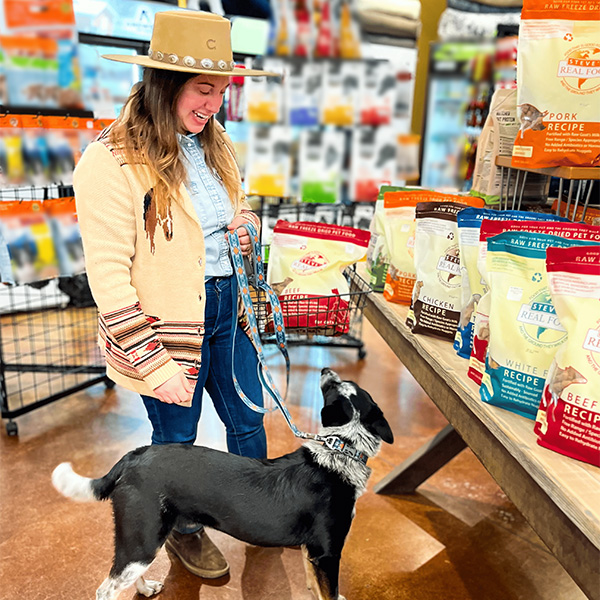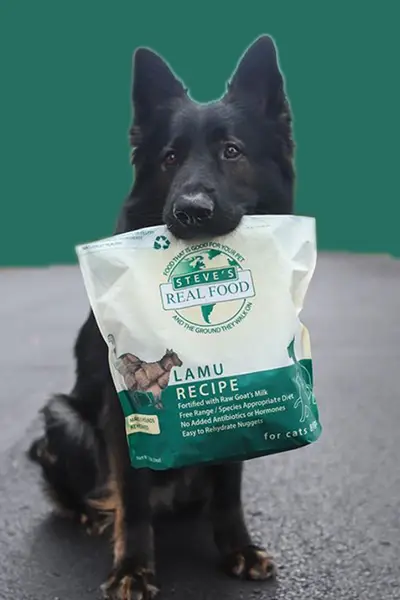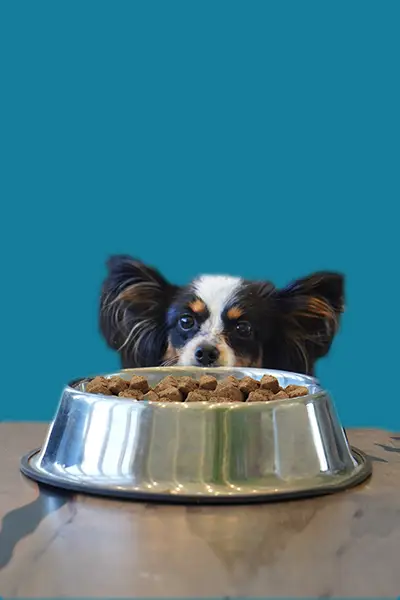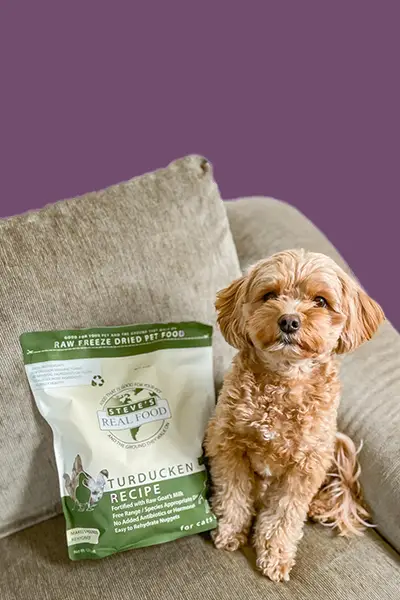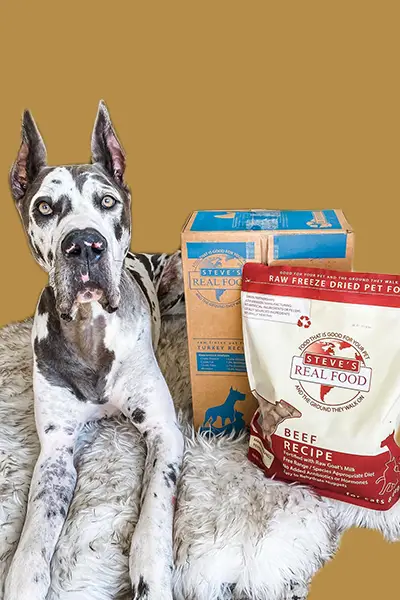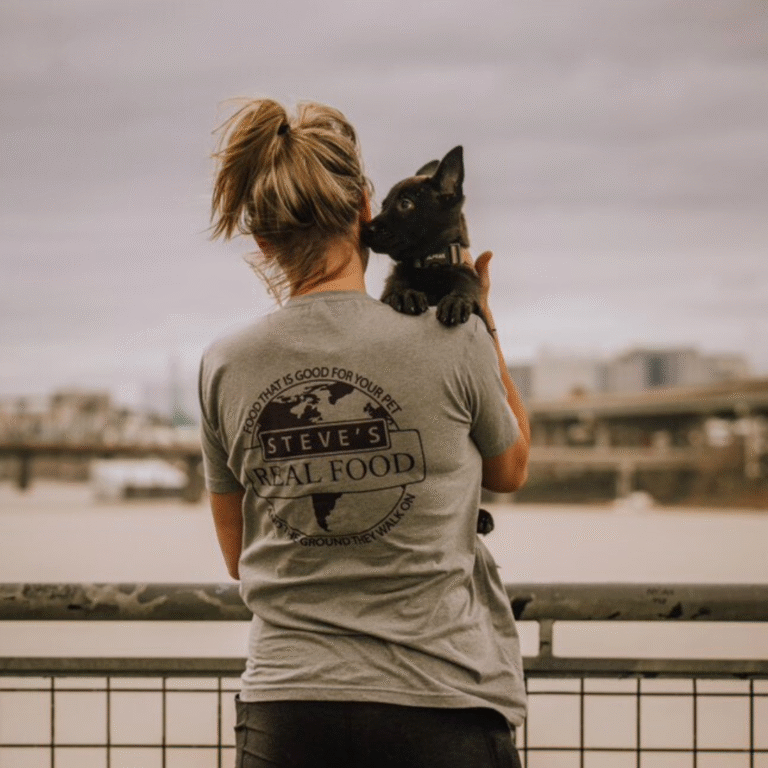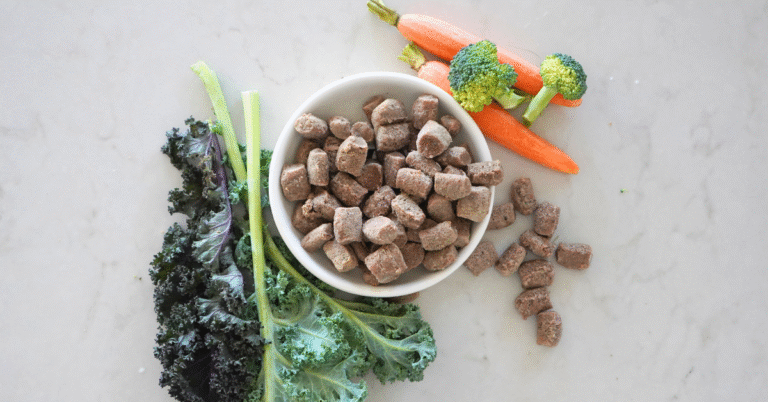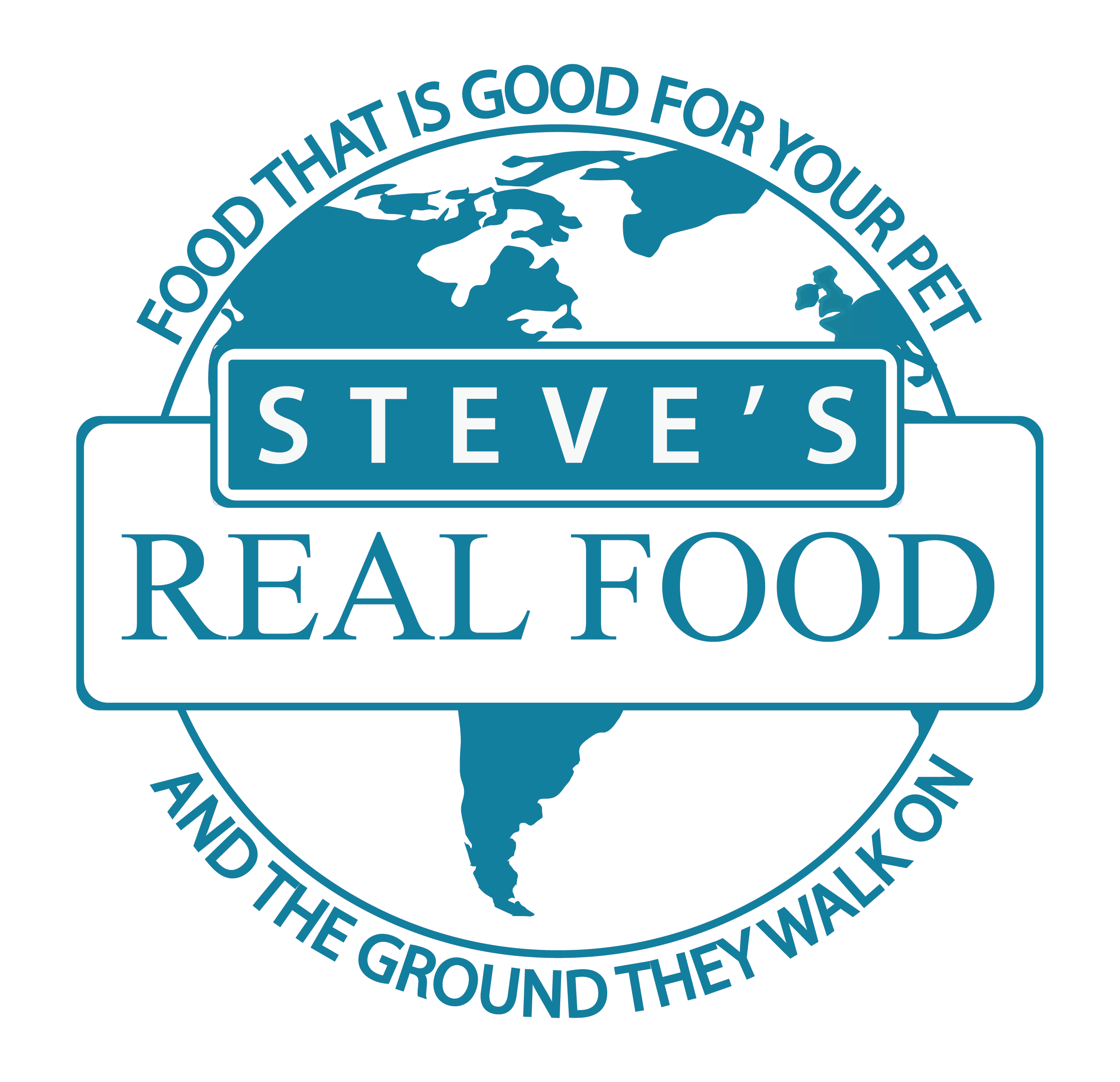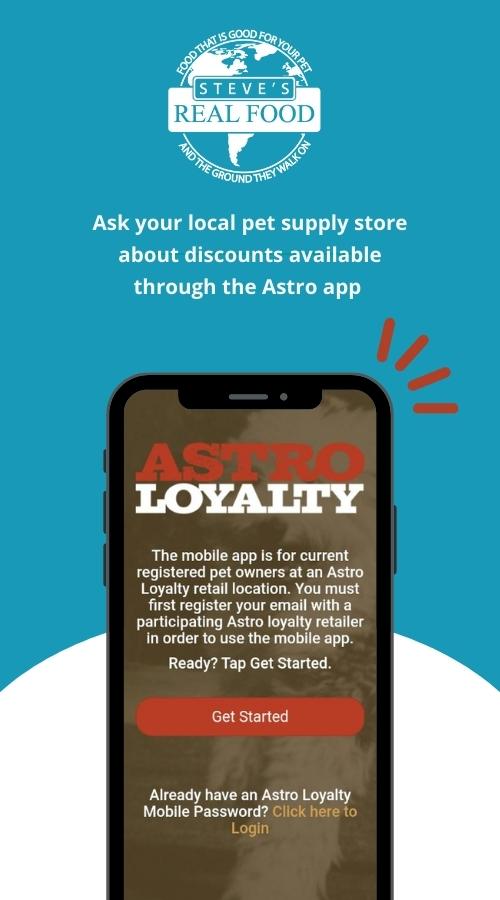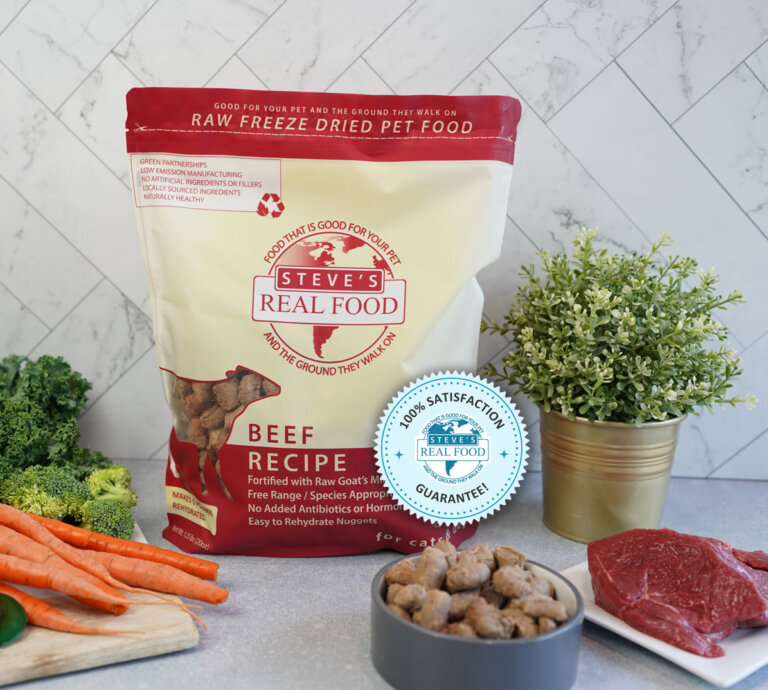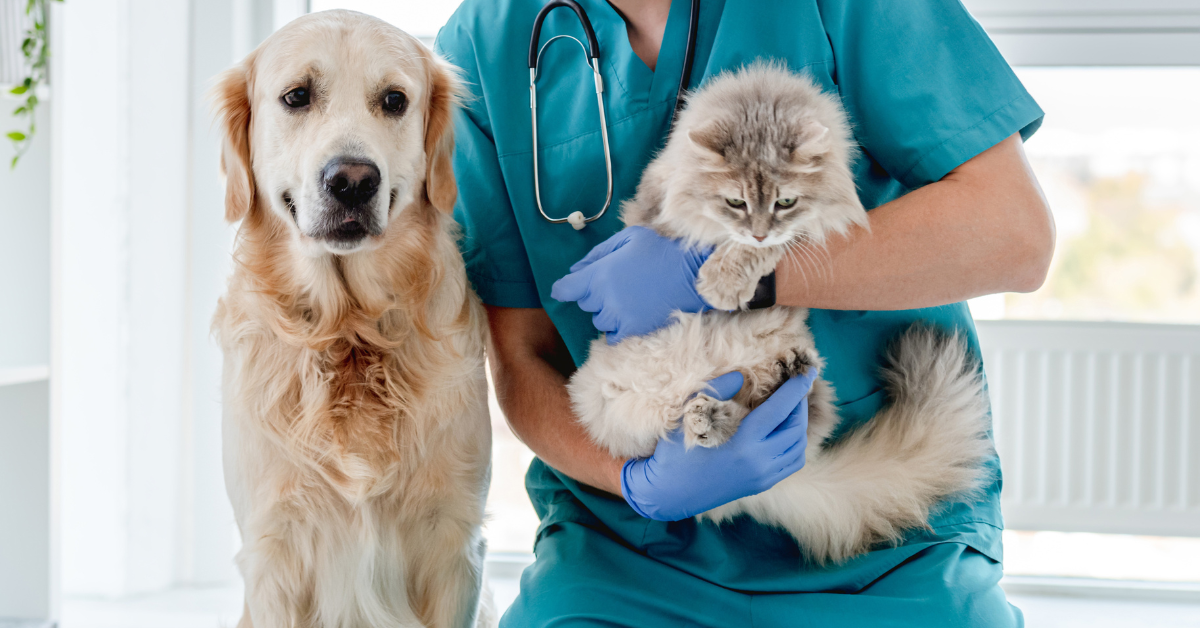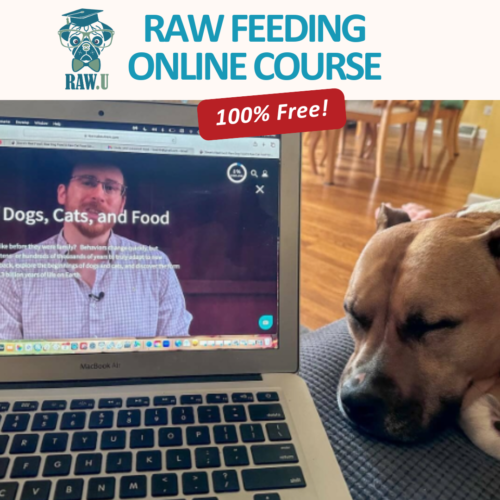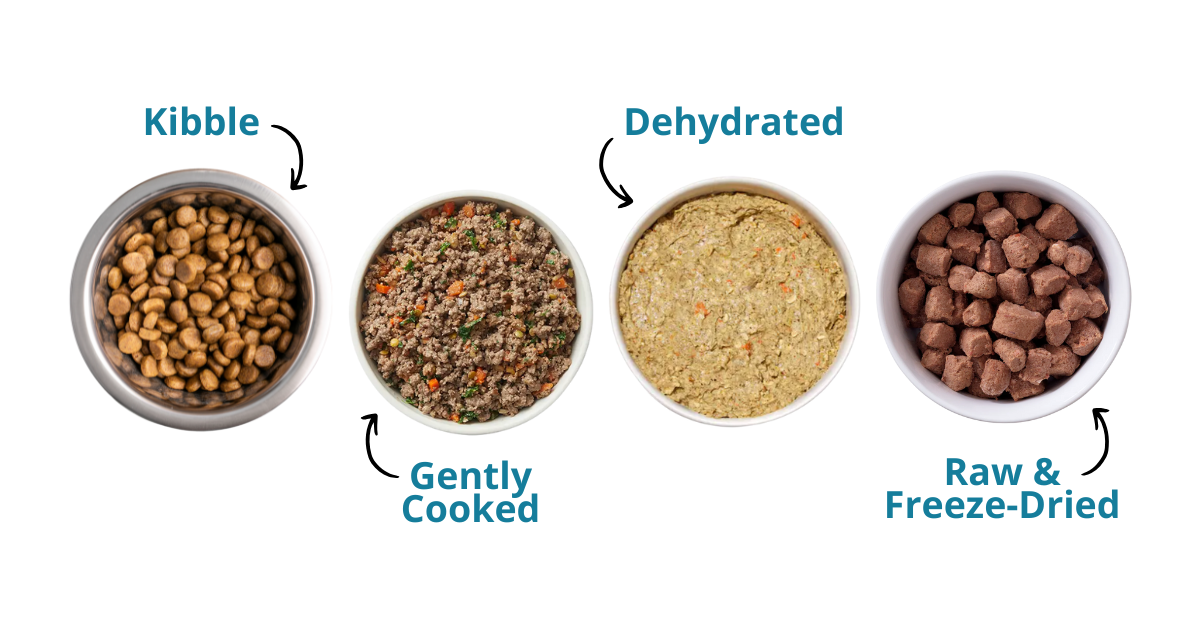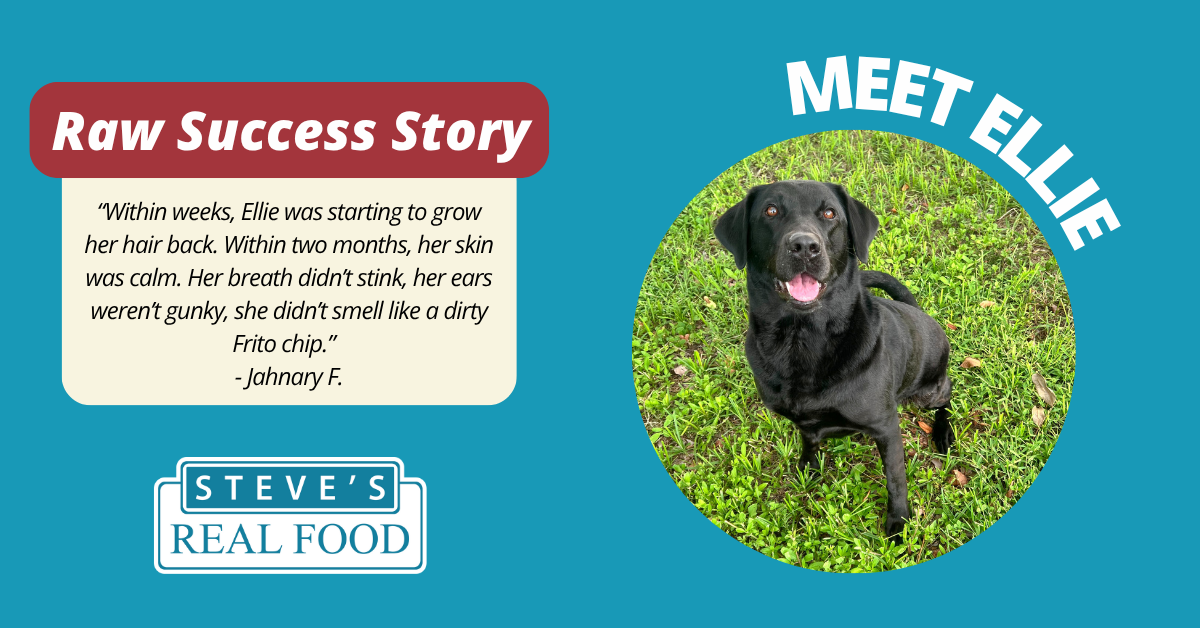So why don’t some vets promote raw feeding?
Let’s explore the reasons behind their caution and what you, as a responsible pet parent, can consider when making food choices for your dog or cat.
Concerns About Bacteria in Raw Dog Food
One of the most common reasons veterinarians oppose raw diets is concern about pathogens like Salmonella, Listeria, or E. coli—not just for pets, but for humans in the household as well. While this is a valid concern, it’s essential to know:
- Properly handled raw food—especially high-quality commercial products that have undergone high-pressure processing (HPP) and come from responsibly sourced ingredients—poses a very low risk to pets. HPP effectively eliminates harmful bacteria without cooking the food, preserving its nutritional benefits while ensuring safety. When sourcing is responsible and hygiene standards are high, the chance of contamination is minimized, making raw diets both nutritious and safe for dogs and cats.
- Kibble is not immune to recalls—far from it. In fact, dry pet food has been at the center of numerous contamination issues, including the presence of dangerous pathogens such as Salmonella, mold toxins (mycotoxins), and even harmful chemical residues. When looking at the data from 2020 to 2023, dry pet foods accounted for a staggering 99% of all pet food recalled by weight. That’s despite dry food accounting for only 59% of total pet food sales in the U.S. during that time, according to 2021 sales data.
This shows that, proportionally, kibble has experienced significantly more recall incidents than other types of pet food. These numbers challenge the assumption that processed dry food is the “safe” or “risk-free” choice. It’s important to look beyond marketing and consider the whole picture when choosing what to feed your pet. With safe handling practices (just like you’d use for raw chicken in your kitchen), raw feeding is both safe and healthy.
At Steve’s Real Food, we take food safety seriously. Our High Pressure Processing (HPP) method effectively eliminates harmful pathogens, such as Salmonella, E. coli, and Listeria, without compromising the nutritional integrity of the food. We also test and hold every single batch before it ever leaves our facility, so you can feel confident knowing your pet’s food is both safe and nutritious.
Fear of Unbalanced Diets
Vets worry that raw diets may be nutritionally incomplete. That’s fair—if you just throw some meat in a bowl without understanding the full spectrum of nutrients a dog or cat needs, you can create imbalances.
But today’s raw feeding community is much more informed. Reputable raw food companies take great care to provide balanced, species-appropriate formulas that meet nutritional guidelines, more closely resembling what dogs and cats are anatomically built to thrive on.
A study out of UC Davis cites the potential for unbalanced formulas as a reason to avoid raw feeding—but when you take a closer look, the conclusions don’t quite hold up. In the study, researchers created their own raw diet recipe using only whole, ground rabbit. They fed this to cats exclusively for 10 months. Nutrient testing showed that the rabbit just barely met AAFCO’s minimum requirements for taurine—a critical nutrient for cats. The researchers acknowledged that processing could have further degraded the taurine content and that the diet was already low in vitamin E, which helps protect nutrient stability.
The result? A cat died from a taurine deficiency. Rather than recognizing the flaw in their formulation, the researchers concluded that “Caution should be heeded when feeding raw diets due to the potentially fatal consequences described with respect to creating a taurine deficiency.”
But the issue wasn’t that the food was raw—it was that it was unbalanced. Any diet, raw or processed, can be poorly formulated. This study doesn’t prove raw feeding is dangerous—it just shows what can happen when nutritional balance and variety are overlooked.
At Steve’s Real Food, we take that responsibility seriously. Veterinary and nutrition experts have reviewed our recipes for over 25 years. We also perform routine nutrient testing to ensure every formula meets optimal standards—so you never have to question the balance of your pet’s diet.
For many vets, it may feel safer to stick to kibble recommendations backed by large corporations and institutions, even if they see potential in raw feeding.
Outdated or Misleading Research
Much of the “research” used to discredit raw diets comes from studies funded by processed pet food brands. These studies often frame raw feeding as dangerous or deficient, while many independent studies and anecdotal evidence continue to support the benefits of raw feeding.
Many holistic vets and integrative practitioners do recommend raw diets and see incredible health improvements in their patients—but these voices aren’t always the loudest in the veterinary field.
In late 2024, researchers from the Animal Nutrition Institute at Sichuan Agricultural University conducted a comprehensive review of all raw pet food research published between 2000 and 2024. When examining the studies that advised against raw diets, the researchers noted:
“Most of these studies were originally designed to criticise or scrutinise food safety issues of RMBDs [Raw Meat and Bone Diets], and few peer-reviewed studies have attempted to investigate solutions or discuss similar issues in other diet types.”
In other words, many of the studies that criticized raw feeding weren’t designed to evaluate its benefits or performance—they were built around highlighting potential safety concerns. Much of the negative research boils down to just two issues: the risk of bacterial contamination and the possibility of nutritional imbalance. But as we’ll show, these concerns aren’t unique to raw food—they apply to all types of pet diets.
Raw Is Powerful
A growing body of research shows that feeding dogs and cats raw, species-appropriate food can have powerful benefits for their health and well-being. A study conducted at the University of Helsinki found that, among 632 dogs, up to 90% of skin and digestive issues were remedied simply by switching to raw food.
Another study showed that puppies who received over 20% of their calories from raw food and less than 80% of their calories from ultra-processed foods, such as kibble, had fewer skin issues as they aged. For dogs and cats dealing with allergies or sensitivities, it’s clear that real food is important. Even limited-ingredient diets fall short here, as the synthetic vitamins they rely on can cause the same sensitivities they’re designed to alleviate.
Raw foods can also contribute to less inflammation throughout the body. A study published in 2020 found that a raw diet activated the body’s natural tools, decreasing inflammation markers, potentially enhancing the immune system, and reducing oxidative stress, all of which meant less inflammation and happier skin for the dog’s in the study.
Not ALL Vets Are Against Raw
While there are certainly vets who don’t promote raw diets, there are many who do! As more professionals explore species-appropriate nutrition, support for raw feeding continues to grow. Here are a few amazing vets who advocate for the benefits of raw:
“I love that Steve’s Real Food does not contain any synthetic vitamin/mineral mixes; the nutrients are provided by well-sourced whole-food ingredients from sustainable family farms.”
–Dr Judy Morgan DVM, CVA, CVCP, CVFT
“In my opinion, very few pet foods measure up to the quality and wholesomeness of Steve’s Real Food. This food is thoughtfully and sustainably made with locally sourced ingredients, including superfoods; notably lacking by-products and filler agents to allow pets to thrive. My dog loves the taste, and I love the variety of recipes available to promote a diverse and robust diet.”
– Dr Heather Oxford, DVM, MPH, CVA, CCRT
“As the world turns to the commercializing of nature and all the beautiful gifts it gives to us, it is becoming harder and harder to discern quality and the true love for animals over marketing; therefore, it is imperative for pet parents to choose wisely.
Steve’s Real Food is committed to that integrity and those principles, and that is why I can confidently support and recommend them as a go-to for your animal’s nutritional health.
So, What Should Pet Parents Do?
If your vet doesn’t support raw, it doesn’t mean they don’t care about your pet—it just means they’re cautious, or simply not trained in this area. Here’s how to move forward:
- Do your research – Find reputable raw food brands, ask questions, and learn about your pet’s nutritional needs.
- Work with a raw-friendly or integrative vet – There are many vets who specialize in holistic care and understand raw feeding.
- Track your pet’s health – Keep notes on energy, coat, stool quality, allergies, and more. Share these updates with your vet.
- Handle food safely – Use clean tools, store raw food properly, and wash your hands and bowls after meals.
We’re here to empower you with the confidence to have open and informed conversations with your veterinarian. Visit this page to learn how to navigate those discussions with clarity and ease.
Final Thoughts
We believe every pet parent has the right to make informed decisions. While some vets may not promote raw diets, that doesn’t mean it’s the wrong choice for your pet. With care, knowledge, and safe practices, raw feeding can be a deeply rewarding way to support your pet’s health naturally. If you ever feel unsure, don’t hesitate to reach out to raw-feeding communities, nutrition consultants, or raw-friendly vets for support. And of course, our team is always here to help—feel free to contact us with any questions along the way! Because at the end of the day, your pet’s well-being is what matters most.
 Beef
Beef Chicken
Chicken Whitefish
Whitefish Pork
Pork Lamb
Lamb Turkey
Turkey Turducken
Turducken All Protein
All Protein Beef
Beef Chicken
Chicken White Fish
White Fish Pork
Pork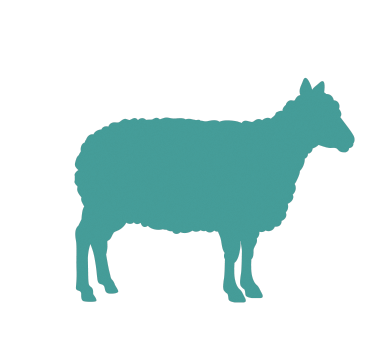 Lamb
Lamb Turkey
Turkey Duck
Duck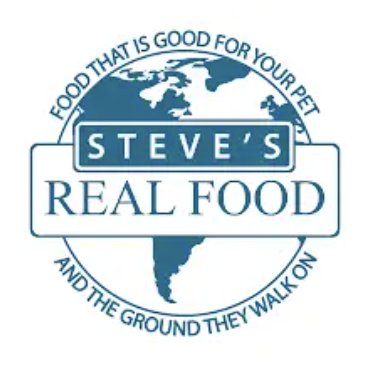 All Products
All Products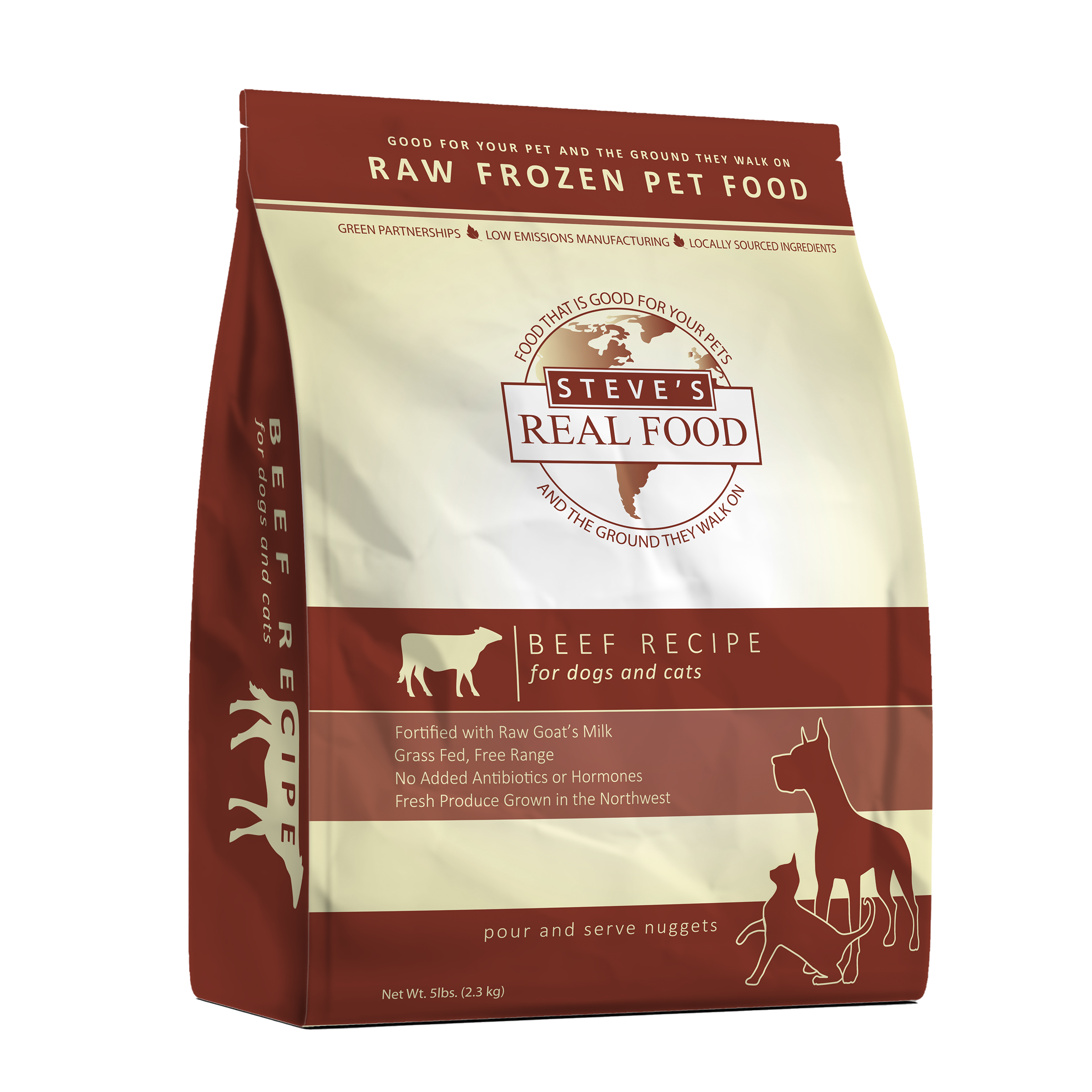 Frozen Raw Pet Food
Frozen Raw Pet Food
 Freeze Dried Raw Pet Food
Freeze Dried Raw Pet Food
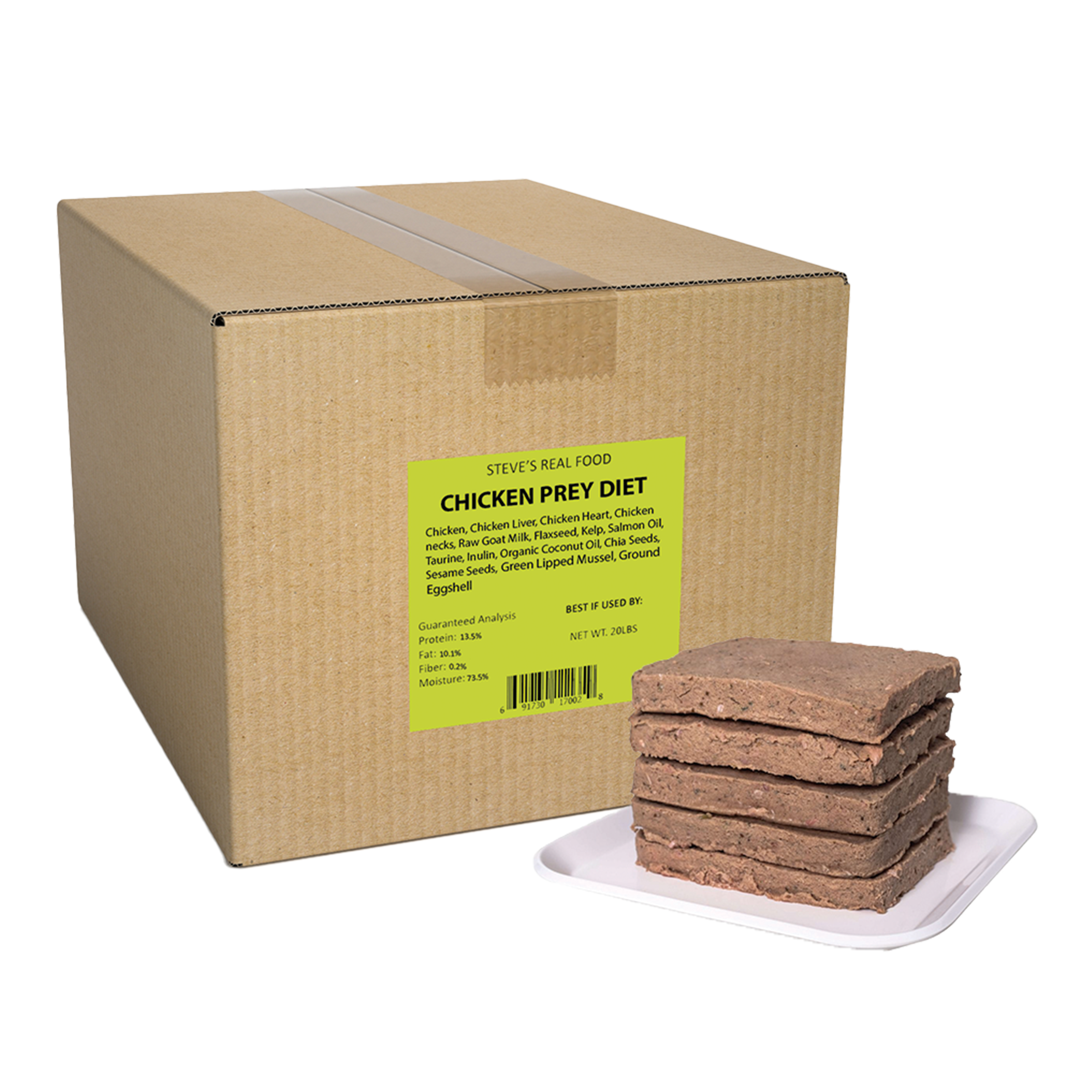 Frozen Prey Diet
Frozen Prey Diet
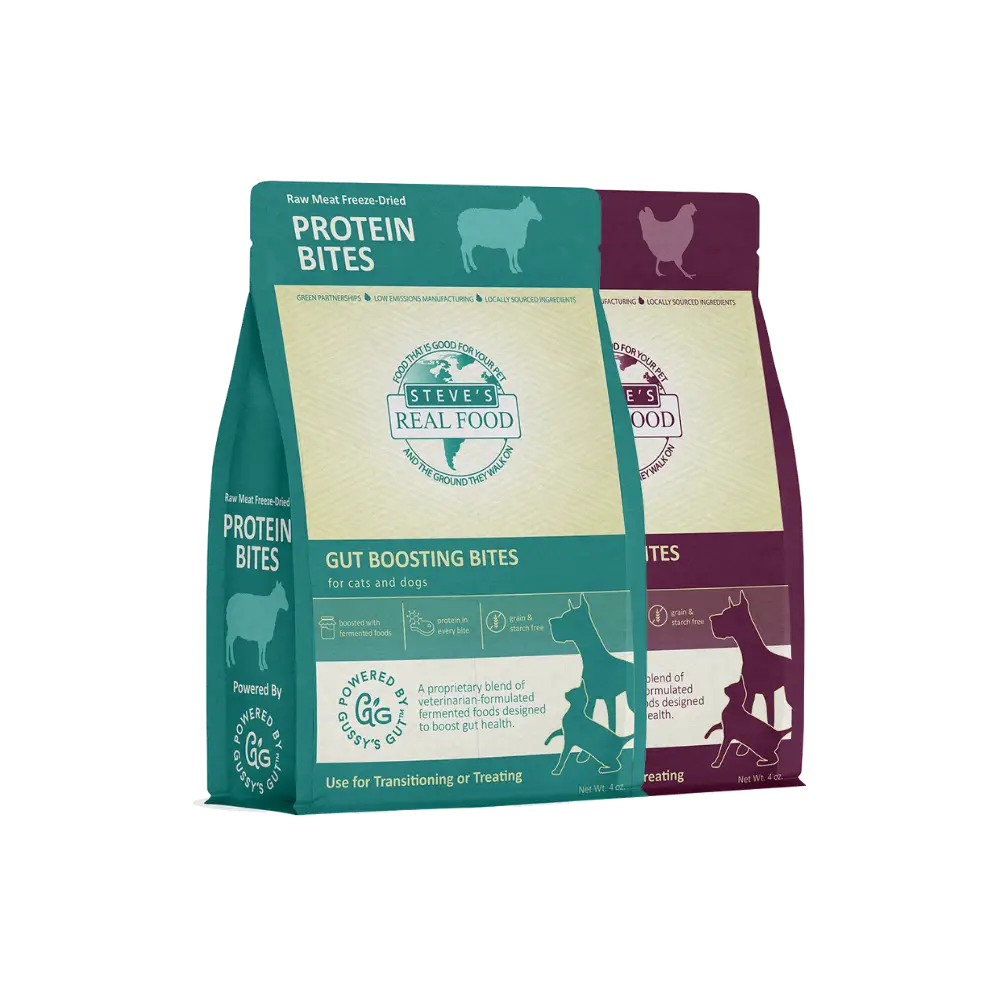 Freeze Dried Protein Bites
Freeze Dried Protein Bites
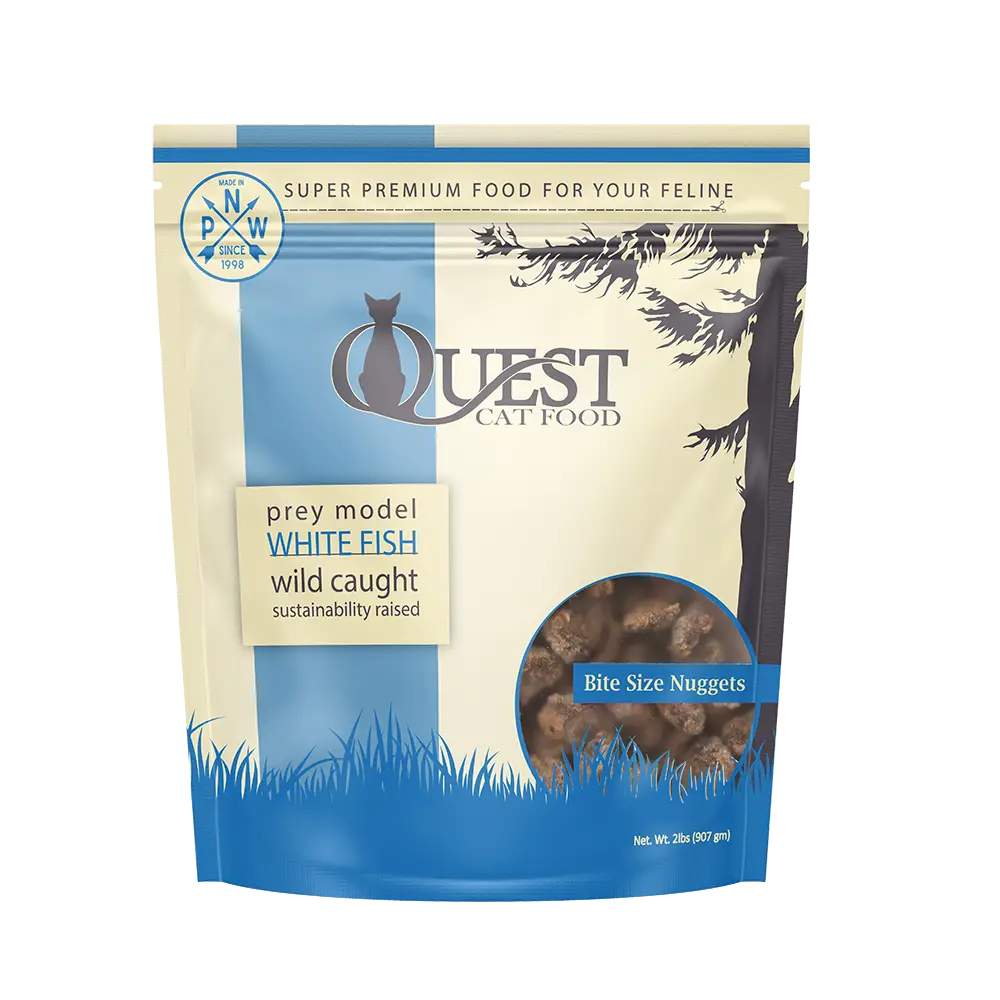 Frozen Quest
Frozen Quest
 Freeze Dried Quest
Freeze Dried Quest
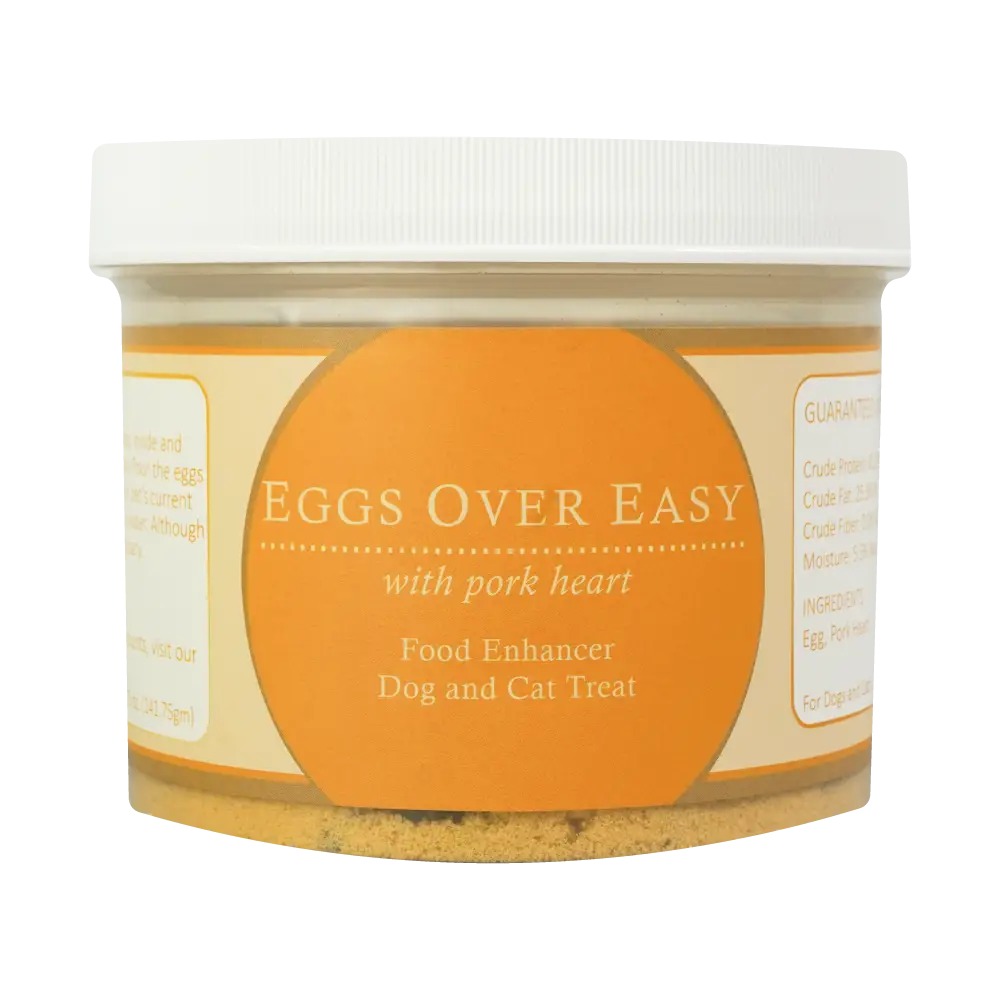 Eggs over Easy
Eggs over Easy
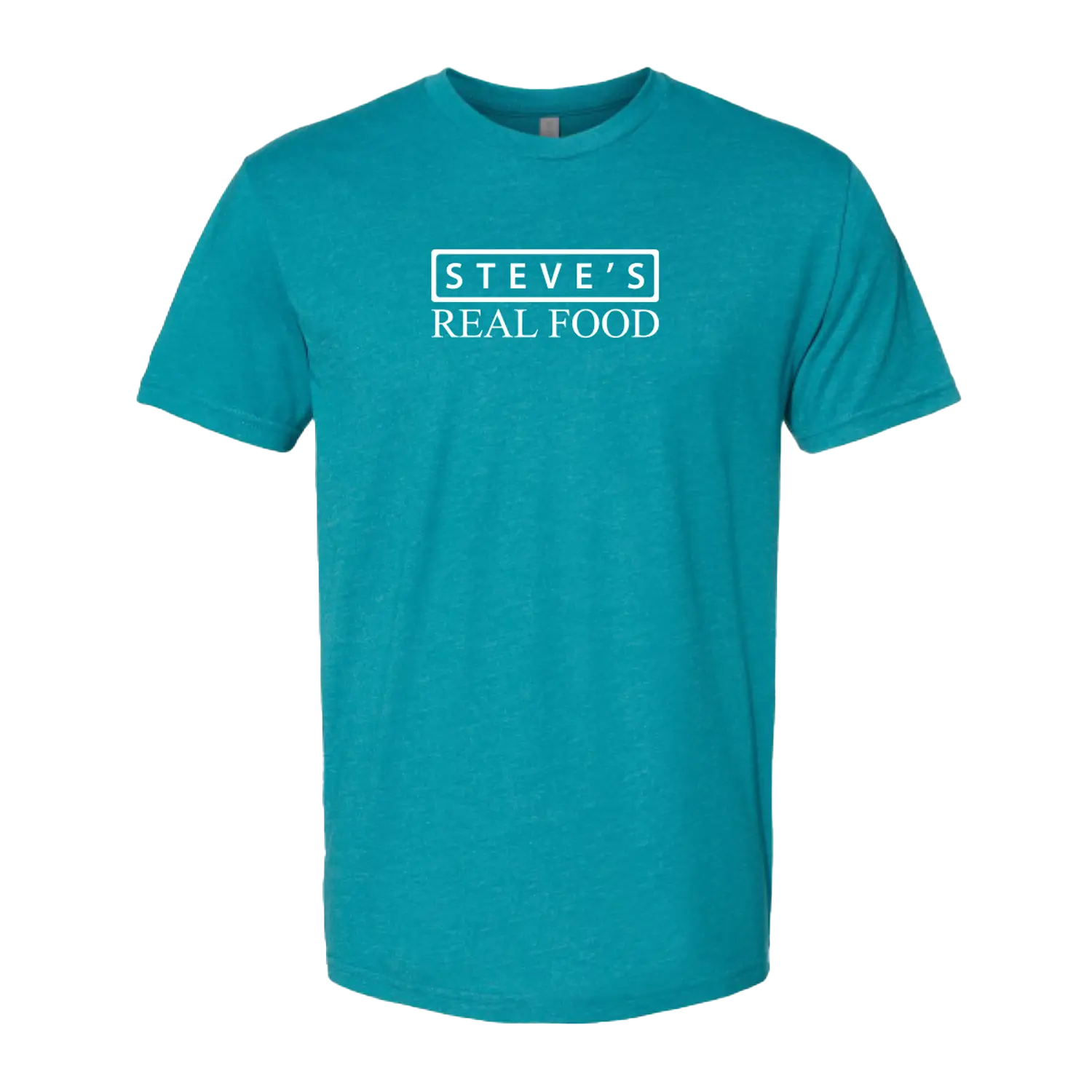 Steve's Merch
Steve's Merch 